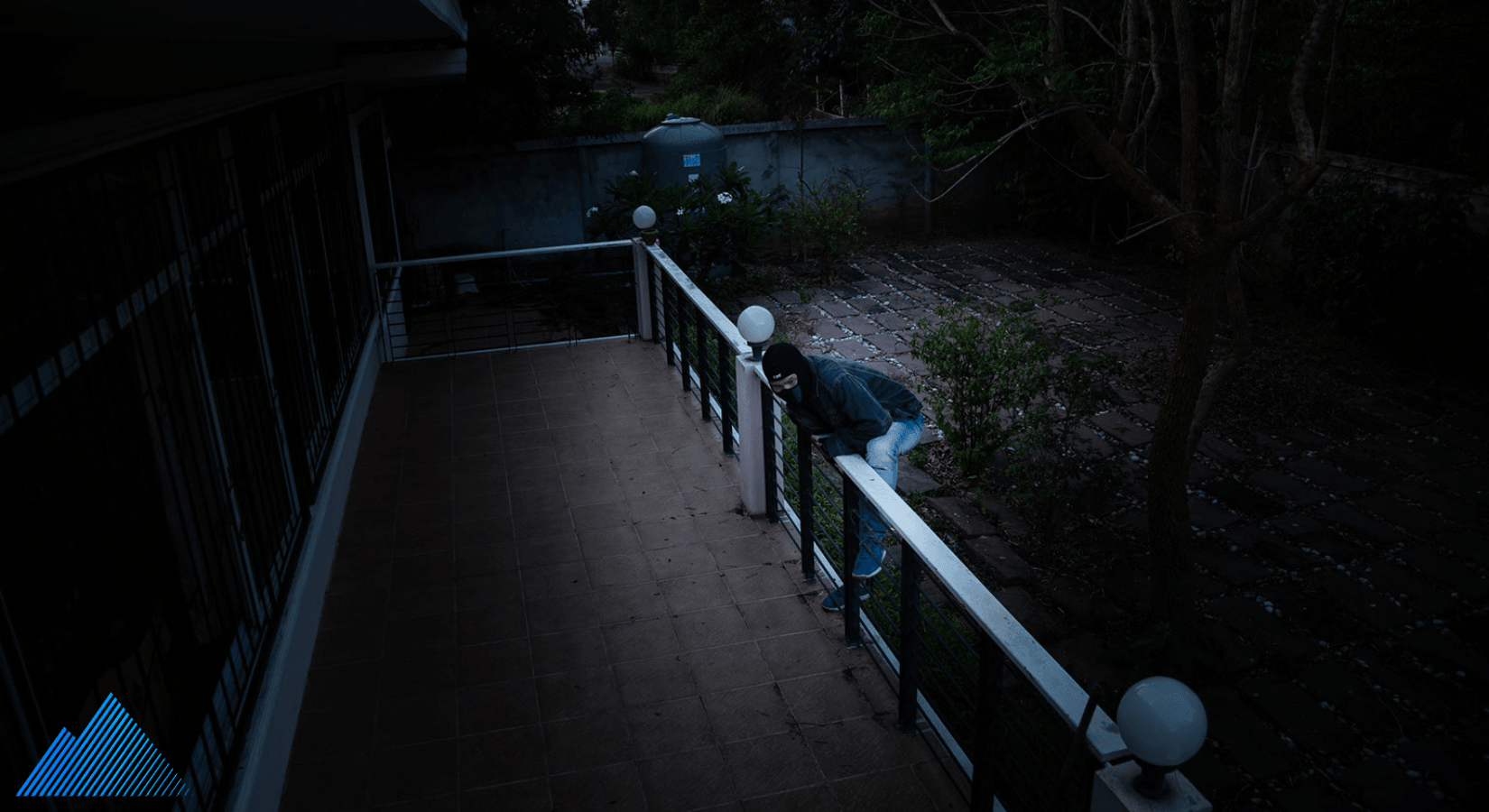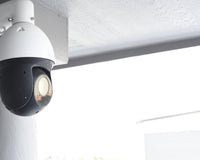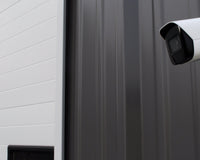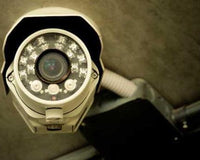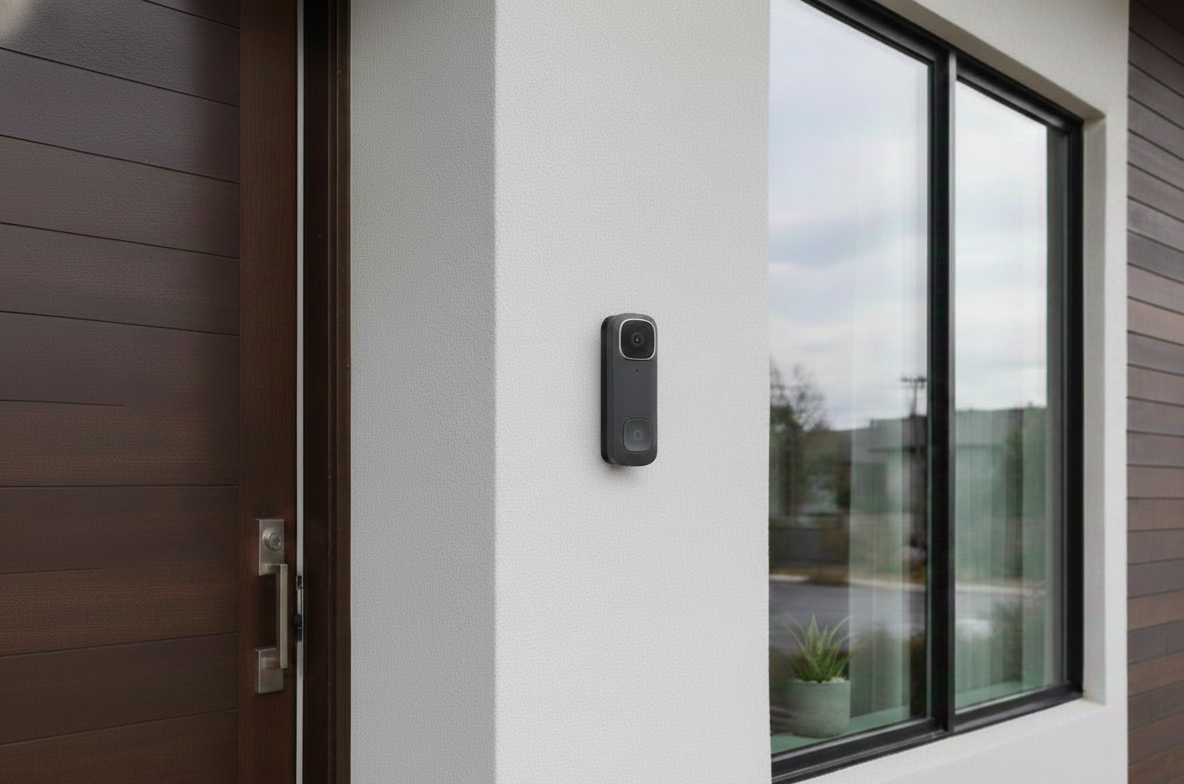Wide Dynamic Range (WDR), Highlight Compensation (HLC), and Backlight Compensation (BLC)
There are many camera manufacturers out there that take advantage of the average consumer by mislabeling their products and promising features that the cameras and components will never provide. We have warned you before to not get fooled by marketing materials out there from some of the largest surveillance manufacturers.
If you haven’t noticed yet, at Montavue we try to be up-front and honest with our customers about how our cameras will perform, features the cameras have, and that we will stand behind our products 100%. We want you to be satisfied with your purchase, so we try to educate consumers on different options out there in the IP camera market, and how to decipher which one is better.
When it comes to evaluating camera features and how they will affect your image, Backlight Compensation (BLC), Highlight Compensation (HLC), and Wide Dynamic Range (WDR) are extremely important and are crucial for your camera to produce a quality image. We will go over each feature below so you can make an educated decision on which camera and manufacturer to go with because surveillance systems are generally large purchases. As always, if you need more help give us a call or send us an email.
Backlight Compensation (BLC)
Backlight compensation (BLC) has been around for years now. It was a huge advance to compensate for overpowering and bright lights in the background. For example, if someone or an object is in front of a window, walking in from an outside door, or standing in front of a bright area, there will be lots of natural light behind the person or object. Before BLC, the camera would become overwhelmed by the natural light behind the object the camera is trying to focus on, and that object or person becomes very dark and creates somewhat of a black silhouette. With that, most of the details of that object or person are lost and it becomes very hard to identify.
Once Backlight compensation was invented, that problem was reduced tremendously. With BLC the video is split into different regions, and a different exposure is applied to each region. This results in correcting regions that have high or low levels of light and maintains a normal range of light for the objects the camera is focusing on. BLC does a tremendous job, however, it lacks when there is an extreme difference in light between the foreground and background. That is where Wide Dynamic Range takes over which we will get to shortly.
Wide Dynamic Range (WDR)
Wide Dynamic Range is a far more advanced version of BLC, but the intent is the same. WDR helps balance the washed out video that BLC is unable to from the large dynamic ranges in light. As seen in the image above, BLC brings the objects and people into focus and you can distinguish who and what they are, but the background is all blurry. In the WDR photo, the foreground and background are in focus. WDR refers to the ratio between the lightest and darkest elements of an image. Cameras that have WDR have two image sensors. One is for high speed and the other is for low-speed video capture. They work together and provide a balanced image. Quality components are necessary for all of these things to work together, and our Montavue cameras are made from top-quality materials.
Digital Wide Dynamic Range (DWDR)
Digital Wide Dynamic Range is a software-based smoothing technique of lighting. It is very limited in its effectiveness and does not compare to WDR. DWDR is a cheap feature to help with variations in lighting but it won’t fix all the issues. Try to avoid cameras with DWDR, as they will not produce the image you are expecting.
Highlight Compensation (HLC)
Highlight compensation (HLC) was needed to compensate for overexposure of highlights or strong light sources like spotlights, headlights, porch lights, etc. HLC senses the strong sources of light in video and then compensates for the exposure to create an image that is usable and not overtaken by a bright light. One prevalent example is headlights, without HLC headlights would blind the camera’s image, and it would be very difficult to identify any objects in the image. With HLC it reduces that glare and even gives you the ability to read license plates that would have otherwise been impossible.
Conclusion
Overall, having all 3 image features are paramount to producing a quality image day and night for your IP security cameras. At Montavue, we carry the highest quality cameras and components. We are proud to say that all the cameras we carry have BLC, HLC, and true WDR, not DWDR.

